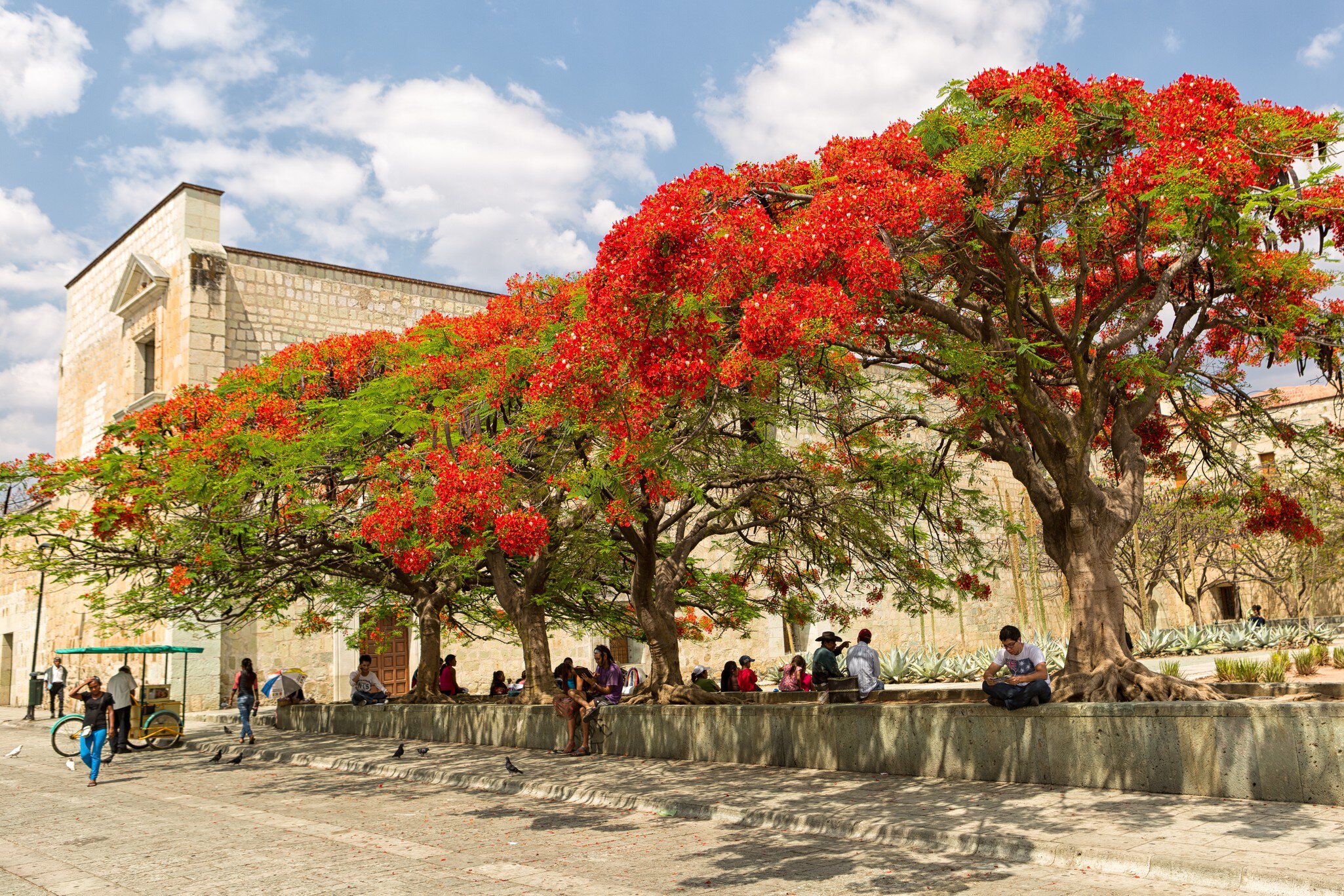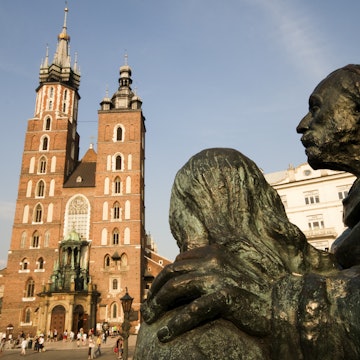

The Town Hall Tower and Wawel Royal Castle. Daniel Turbasa/Shutterstock
UNESCO seemingly got tired of individually listing all the blockbuster palaces, ornate churches and extravagant homes in °°ù²¹°ìó·É and simply declared the entire medieval center as a valued site. It is one of Europe’s most historically intact and beautiful cities, and walking around its plazas and narrow corridors is all yours for free.
Even better: you can see the glorious interiors of many buildings for no charge as well. Most of the city's museums and galleries offer free entry at least one day a week – Tuesday is the most popular, but you could plan nearly a whole week of visits and not face a single admission fee.
1. See the city from the Town Hall Tower
There may be only a handful of rooms with a few unloved period costumes on display, but the views from the top of the tower are worth the visit. Built in the 15th century, °°ù²¹°ìó·É's Town Hall Tower gives you a panorama over the spectacular market square and beyond.
Planning tip: The tower is free on Mondays.
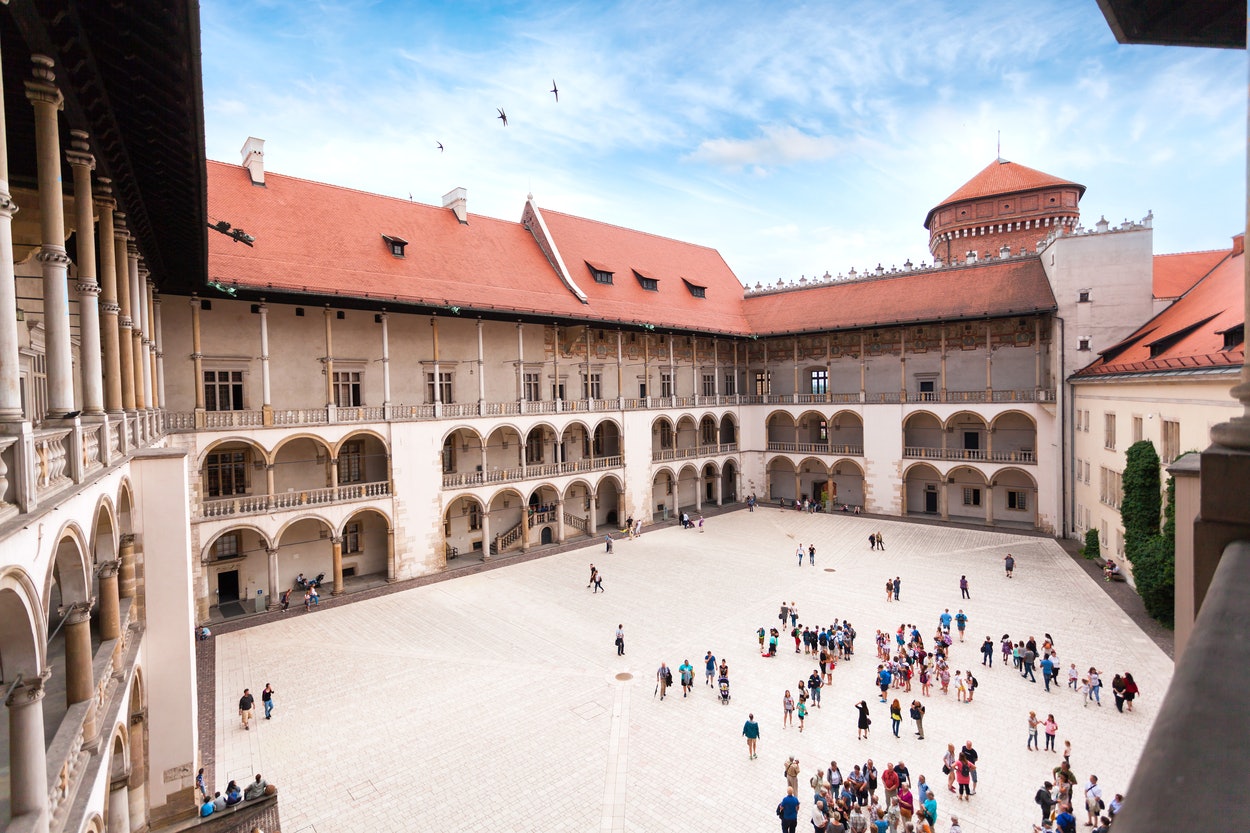
2. Enter the heart of Poland at Wawel Royal Castle
For centuries, this castle complex was where Polish royalty was crowned, and it remains the spiritual heart of the nation. The towers, chapels and halls tell the history of Poland, from its time as a great power to occupation by Nazi Germany.
From outside, watching tour groups climb the castle's ramparts, it’s easy to think entrance to this landmark is fully ticketed. It’s not. You can visit the grounds and gardens of Wawel for free, including the Renaissance-style arcaded courtyard.
Planning tip: Certain exhibitions are free on Mondays, as well as in the month of November.
3. Hear the 700-year old Hejnał
The melancholy strains of the Hejnał bugle call are known to every Pole. It’s played hourly from St Mary’s Basilica tower, so you’ll hear snippets of it while walking the city, but it’s worth taking up a spot below the tower at noon to crane your neck to the sky as a firefighter pokes a bugle out of the window to play.
The tradition dates to the 14th century, although its origins are disputed. You’ll be spun the legend of the heroic city watchmen, who, having spotted the Mongol army, blew the Hejnał to successfully rally the citizens to defend the city. Sadly, the watchman was struck by an arrow in the neck, which is why the Hejnał still suddenly stops midnote.
Planning tip: If you can't make the noon playing in person, it is broadcast on national radio.
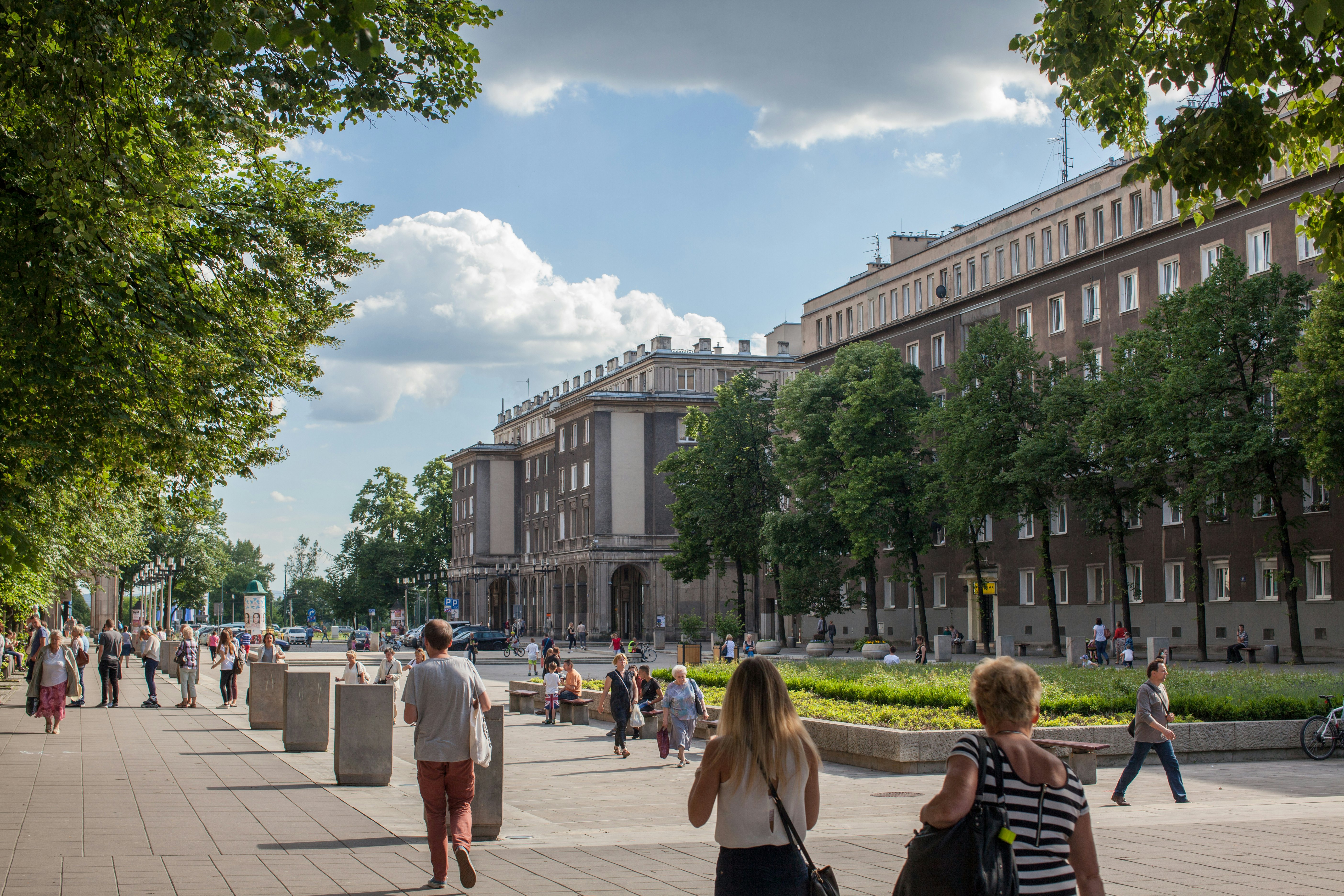
4. Explore the workers paradise of Nowa Huta
Said to be one of only two socialist-realist Stalinist-era planned towns that were fully built, Nowa Huta was supposed to be a workers paradise, set around the huge Lenin steelworks.
It still looks like the set of a Cold War film. Italian Renaissance influences meet concrete in the apartment blocks and government administration offices on its leafy avenues. A walk here is fascinating any time, but come on Tuesday and you can visit the Nowa Huta Underground museum for free.
Planning tip: The nearby Nowa Huta Museum is currently closed.
5. Take a free walking tour – but be prepared to tip
You’ll hardly have stepped foot in town before a leaflet is thrust in your hand promising a free walking tour. But these tours are only free if you’re willing to spend an uncomfortable five minutes at the end not giving a tip to the guide. Tours are typically two to three hours, so you’re taking advantage of the guide if you’re not prepared to tip 15–20zł (US$4–5.50), even if the promises are misleading.
Planning tip: operates a half dozen pay-what-you-wish tours, as well as more paid options, and – crucially – hires engaging guides who tell stories of the city, rather than rattling off a list of dates when Krakovian kings were crowned. Tip them too.

6. Honor the past at the New Jewish Cemetery
°°ù²¹°ìó·É was once one of the most vibrant Jewish cities in the world, and remembering the victims at Auschwitz-Birkenau Memorial and Museum is a major reason many people visit the city.
Several smaller places of everyday Jewish life are also particularly moving. The New Jewish Cemetery, at the edges of the former Jewish district of Kazimierz, was the community’s main burial ground before WWII. It’s especially poignant to walk amid heartrending memorials to people killed in the Holocaust and among the overgrown graves for families whose future generations were destroyed.
Planning tip: Wear a respectful head covering while visiting.
7. Be challenged by the art at MOCAK
You’ll either love or hate the exhibitions of conceptualist and avant-garde art and installations at the ambitious Museum of Contemporary Art in °°ù²¹°ìó·É (MOCAK). It has several thousand pieces of work in its collection, mostly from the past few decades, with a particular specialism in art from Central Europe and the former Soviet Union.
Planning tip: Gallery Alfa in the museum's Building 2 is free on Thursdays; discounted tickets for temporary exhibitions are also available that day. The permanent collection at the Schindler factory museum next door is free on Mondays (tickets are limited).

8. See the city from below at Rynek Underground
One of °°ù²¹°ìó·É's most popular and priciest attractions, Rynek Underground came about after archaeologists started digging under the market square’s centerpiece Cloth Hall.
What they found, from merchant stalls to vampire lucky charms, is now displayed in these vaults under the square. The exhibits are cleverly paired with projections and touch screens to tell visitors the story of old °°ù²¹°ìó·É.
Planning tip: Entry is free on Tuesdays, but it is not possible to book in advance, and tickets are limited. One person can get up to five free tickets at the box office.
9. Break bread over Shabbat at the Jewish Community Center
Learning about °°ù²¹°ìó·É's Jewish past can be emotionally tough. Balance your experience with an uplifting introduction to the city’s Jewish present. The supports the local Jewish community, running almost daily events (some paid; many in English), from lectures and workshops to Q&As with Holocaust survivors and Shabbat meals.
Planning tip: At the center's in Kazimierz, you can chat with community members over a kosher meal.
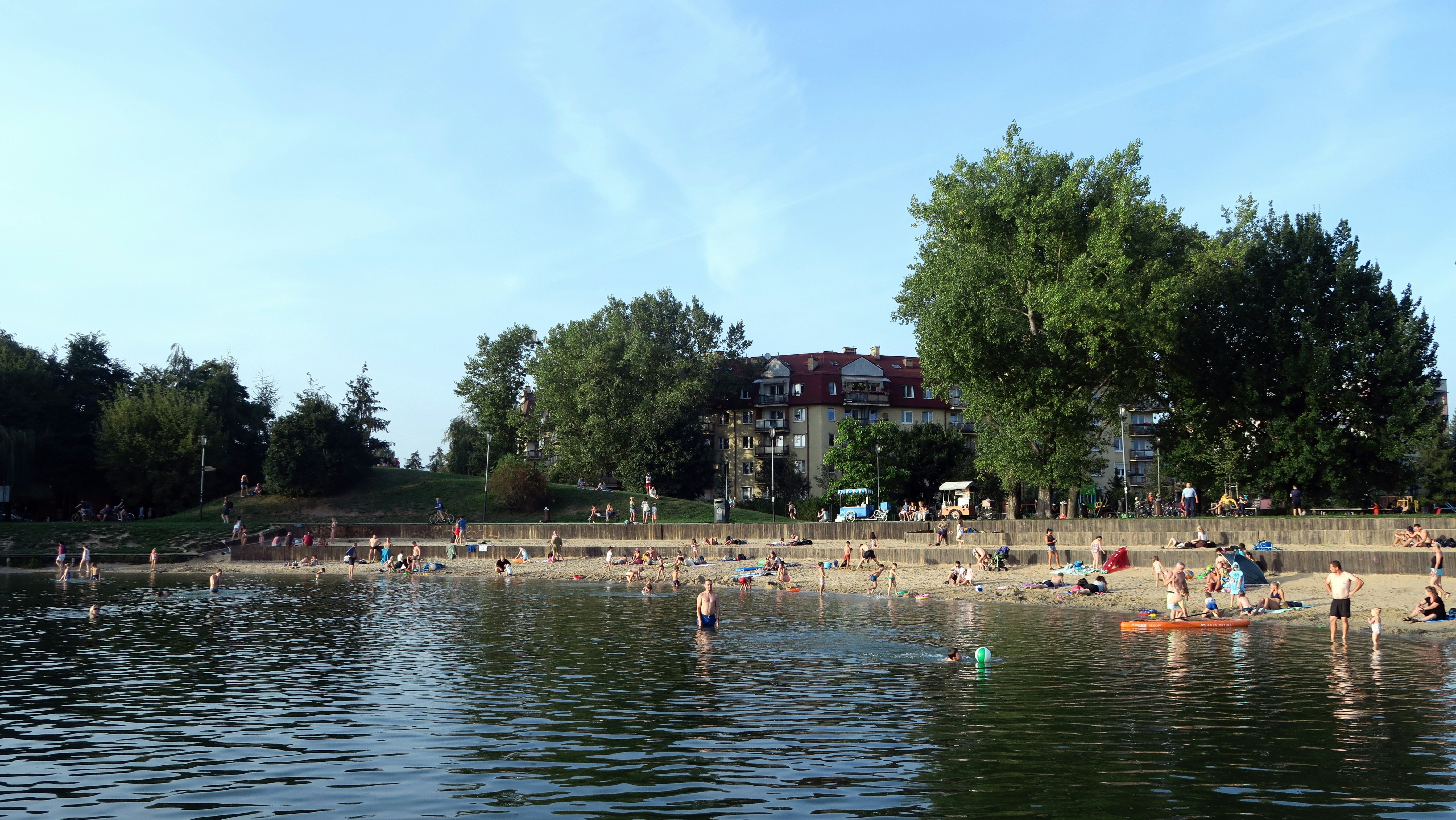
10. Stretch out on the beach at Bagry Lagoon
Every second building in °°ù²¹°ìó·É might be on a postcard, but at some point, you’ll tire of frescoes and gargoyles. Escape to Bagry Lagoon and head straight for one of its or hammocks.
The lake is big, with a sailing school, kayak rental and lifeguards in the summer months. It’s immensely popular during warm weekends, but because it’s 30 minutes by tram from the center, you’ll leave the tour groups behind and be mixing with Krakovians.

